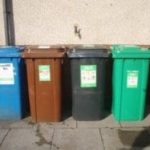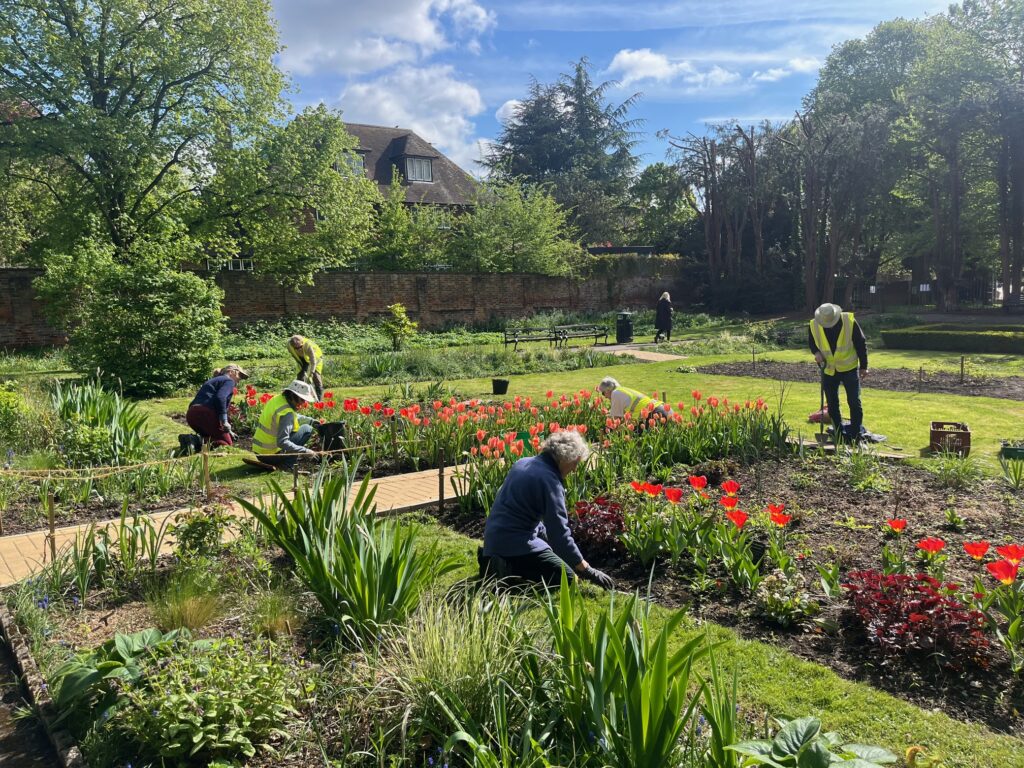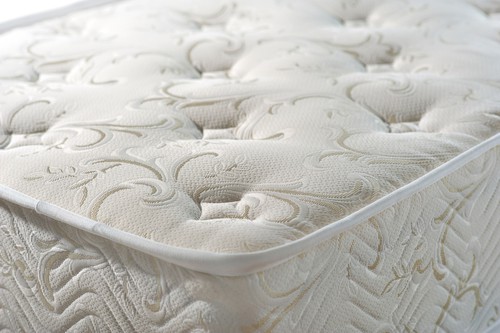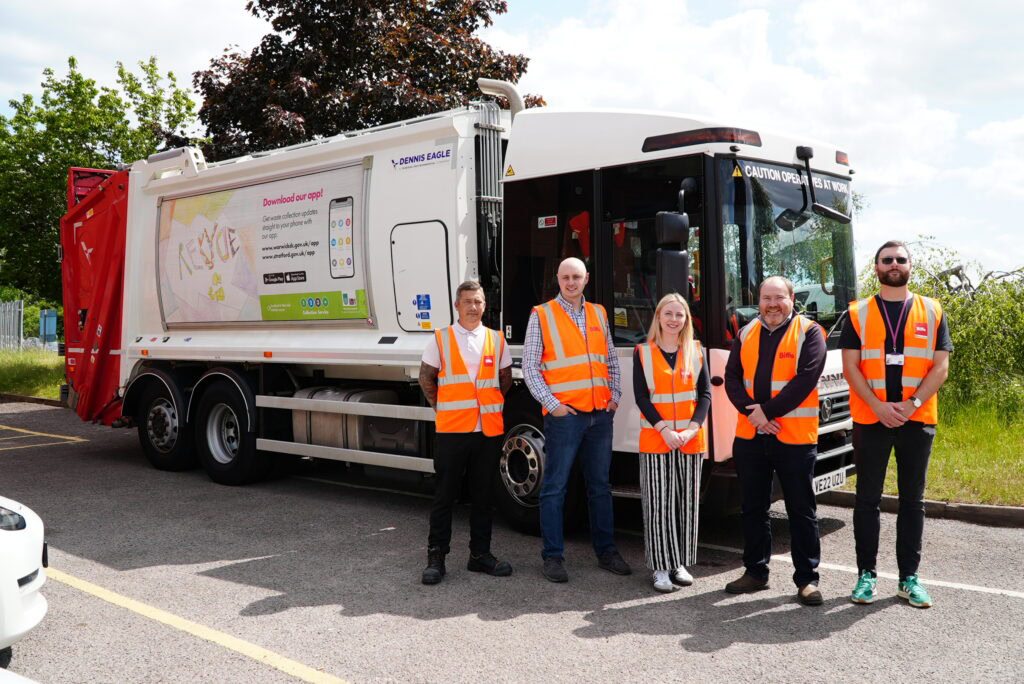The council warned residents last week that a surge in the amount of general waste found in recycling bins could cost more than £500,000 per year in lost income and lead to higher processing charges.

The notice came after SAICA Natur, which reprocesses paper and cardboard collected by the council, found food waste, dog excrement and nappies in the loads. The problem is also affecting other materials collected from the kerbside, with glass, plastics and rubble found in loads containing food and garden waste.
Service
The problems follow an extensive two-year roll out of a new bin service in Fife, which has seen the council swap over the use of its grey and blue bins – which now collect paper and card and residual waste respectively.
Over 150,000 households have now adopted the new system, which includes four separate containers for paper and cardboard, cans and plastics, food and green waste, and general waste.
Fife currently operates in-house monthly collections of the dual recycling streams, as well as fortnightly collections of food and green waste and general waste. Glass is not collected from the kerbside but accepted at an ‘extensive network’ of recycling points with a 65% capture rate.
But some have queried whether confusion behind the bin swap, as well as low collection frequencies, may be behind the increased contamination.
Swap
Under the previous three-bin system, which lacked separate containers for cans and plastics, the 240-litre grey bin now used for paper and cardboard was instead used for general waste, while the blue 140-litre bin was used for paper. As of September 2014, all households in Fife have swapped the grey and blue containers over.
Speaking to letsrecycle.com, the council said it was currently monitoring collections of all recycling streams in Fife in order to determine a reason behind the increase in contamination levels.
Asked whether there was a link between a change in bin criteria and an increase in contamination, a spokeswoman for the council denied any connection.
She said: “Early indications seem to suggest that it is areas that have been on the service for a couple of years that are producing the more contaminated loads rather than those newly converted on to it. We are taking these issues seriously and are currently putting a plan in place with how to highlight the importance of high quality recyclates to both our residents and staff.”
She added: “We haven’t seen reduced prices yet but we have had rejected loads that has a cost implication. We have a very good, long term working relationship with SAICA and when they raised the issue we immediately started the process of trying to understand the issue better. Working together we aim to improve the quality of material to the benefit of all concerned.”
Problems
Meanwhile, Johan Sundblad, managing director at SAICA Natur, told letsrecycle.com that the company has had “big problems” with the material being accepted from Fife. The company receives paper and cardboard recyclables at the former Securecycle facility in Kirkcaldy.
Commenting on whether Fife’s rate of collection could have an impact on contamination, Mr Sundblad added that a lack of collection frequency was ‘often associated’ with higher levels.
Mr Sundblad said: “We have had positive discussions with Fife and the council has a good record, but it needs to tell residents that they can’t recycle nappies. We have had big problems with the material sent from Fife council. In general if you take down the amount of collection frequency then you will have more contamination.
“It’s not only Fife, other councils have seen a change too. People are reading a lot less news and the quality is deteriorating, the general householder is a lot less conscientious.”
Mr Sundblad was unconvinced that new rules due to be implemented under the Waste Framework Directive will see an increase in recycling separated at the kerbside. The regulations state that recycling collections should be ‘technically, economically, and environmentally practical’.
He added: “What TEEP offers doesn’t help at all. While people can hide behind economic and technical practice, it is toothless.”








Subscribe for free